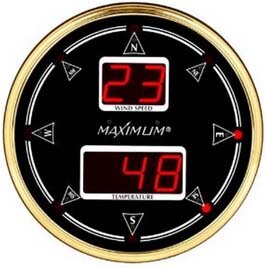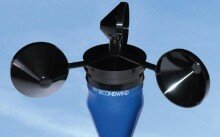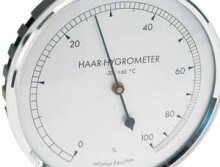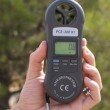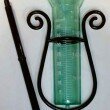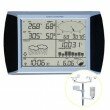 If you’re wondering how do barometers work, it is actually pretty simple. Barometers basically measure atmospheric pressure changes. They can do is this several different ways, but the majority of barometers contain mercury.
If you’re wondering how do barometers work, it is actually pretty simple. Barometers basically measure atmospheric pressure changes. They can do is this several different ways, but the majority of barometers contain mercury.
Basically barometers contain a liquid, usually mercury or water in a glass with a reservoir at the bottom.
Atmospheric pressure increases the pressure placed on the bottom reservoir of mercury which then makes the level of the mercury rise higher in the tube.
Also barometer tubes have markers which you can read for changes in the barometer.
Water Barometers
Water barometers work basically the same way, normally changes in atmospheric pressure exerts pressure on the air vacuum trapped behind the water which forces water up or down the tube as well.
Tips for Reading Barometers
Anyone who’s ever read a barometer may say that they have never seen it change levels. But in actuality the level changes so slowly it’s hard to see with the naked eye.
This is way you should measure it only once daily in order to see any changes at all.
Also barometric pressure naturally changes four times during the day regardless of whether there is a storm or not. These daily atmospheric changes are due to the sun heating and cooling the atmosphere in the morning and at night.
Outlawing Mercury Barometers
Recently in Europe the sale of mercury barometer is extremely limited. This is due to mercury’s toxic effects not only on people but also on the environment. Because of this people are turning to other liquids, mostly water to build new barometers.
Conclusion
Remember, the basics of how a barometer works stays the same whether it uses water or mercury. Also remember that standard atmospheric pressure is 760 mm.




